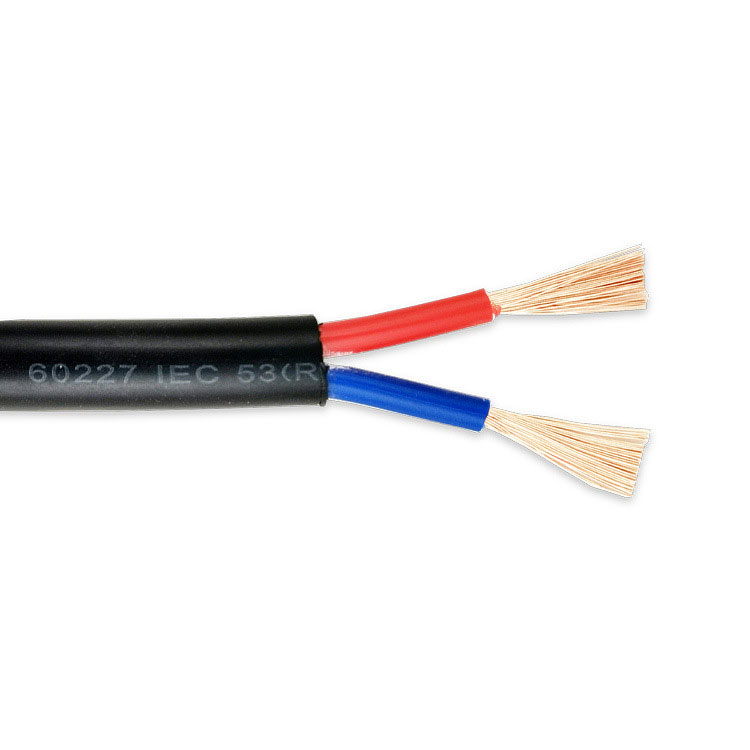Cum să identificați calitatea cu ridicata cu ridicata cu fir și cablu?
2025-05-06
The quality evaluation system of wire and cable wholesale relies on the dual verification of material performance and structural integrity. Its core lies in the synergy of conductor purity, insulation uniformity and sheath mechanical strength. The wholesale model is characterized by the scale attribute of the product circulation link, but the differences in raw material procurement channels and production processes of different suppliers lead to significant quality dispersion.

The degree of oxidation of the cross section of the wire and cable wholesale conductor can be preliminarily judged by visual inspection, while the stability of the conductive performance needs to be combined with the analysis of the resistance change trend. The aging rate of the insulation layer is closely related to the cross-linking process, and the thermal extension test can indirectly reflect the temperature resistance of the material. The verification of flame retardant performance relies on the vertical burning test to observe the carbonization morphology, but the wholesale scene often lacks on-site testing conditions and relies on the historical data traceability of third-party laboratories.
What factors should customers consider when purchasing wire and cable wholesale?
The contradiction between the tensile strength and UV tolerance of the wire and cable wholesale sheath is common, and outdoor scenes need to find a balance between the two. Environmental compliance confirms the heavy metal content through RoHS testing, and REACH certification ensures that the chemical residues comply with international directives. When making a choice, customers need to weigh the short-term procurement costs against the long-term failure risks. Some wholesalers achieve price competition by blurring the nominal cross-sectional area, and deviations in actual current carrying capacity may cause overload accidents.




